
Why Herbs?
Herbs offer a natural, effective, long-term approach to wellness. They reconnect our health and well-being to something fundamental, something elemental. Herbs give us a way to live more in sync with the Earth at a time when our connection to nature is hampered by urban living, overly-processed foods, intense work schedules and a medical system that focuses more on treating sickness than living well.
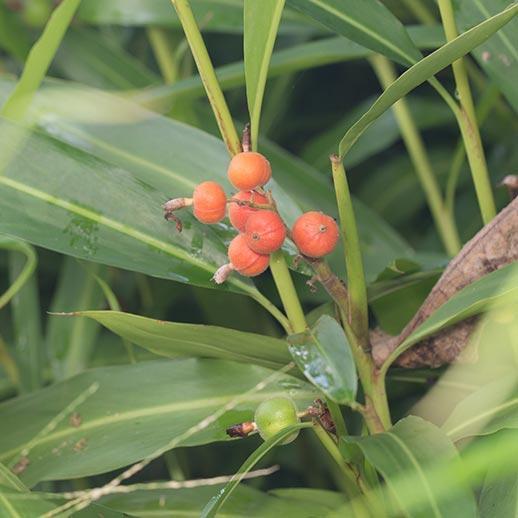
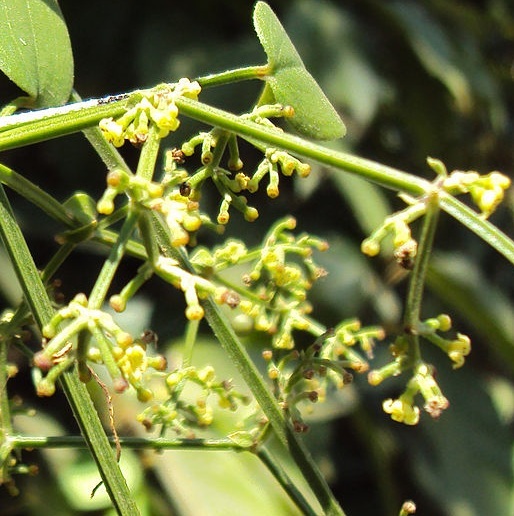
The Effects are Real
There’s a range of effects that herbs can have on our systems. They can impact us emotionally and physically. While some are better for immediate needs, others aid in developing wellness over the long-term. They can be restorative, and also be used to help bring systems back into balance. A specific herb may have multiple effects and those impacts may vary somewhat from person to person. Like many healthy choices, they work best when paired with other healthy habits like eating right, exercising and getting good sleep.
Explore Our key Herbs with benefits.
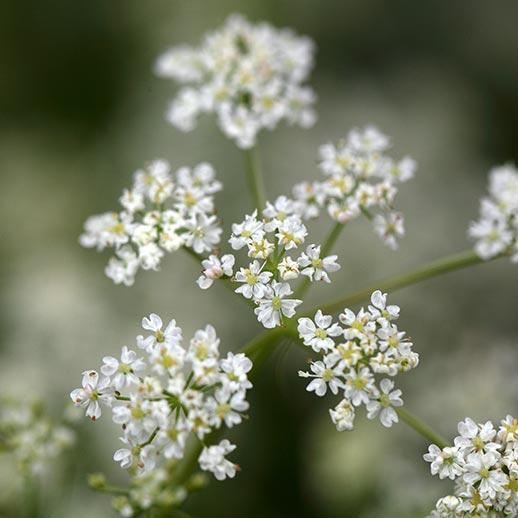
Ajwain
Carum copticum
This plant is a member of the Apiaceae family and is native to Western Asia, Europe and North Africa and prefers a warm sunny climate Caraway produces a tiny fruit erroneously referred to as a seed. It contains large amounts of essential oils and has been traditionally used to flavor various liqueurs and digestive aperitifs. The fruits were also used in Sauerkraut to help dispel gas and flavor the sour tasting delicacy. Many digestive teas in Europe use Caraway seeds to help ease occasional digestive discomfort and tension from bloating.
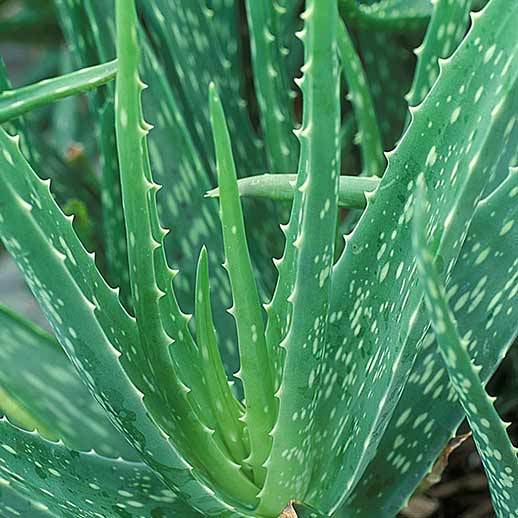
Aloe
Aloe barbadensis
Aloe is one of the most commonly used health plants of all time. The genus is native to Africa. Aloe gel and juice are considered demulcent, and have soothing properties for the skin. A group of plant chemicals called Polysaccharides is also present in Aloe although only found in preparations using the Whole Leaf, since these immune supporting chemicals are not found in the inner gel or juice, but in the “skin” or outer parts of the plant. In summary, Aloe support the body’s natural elimination processes, and soothes the intestinal tract, mucous membranes and skin.
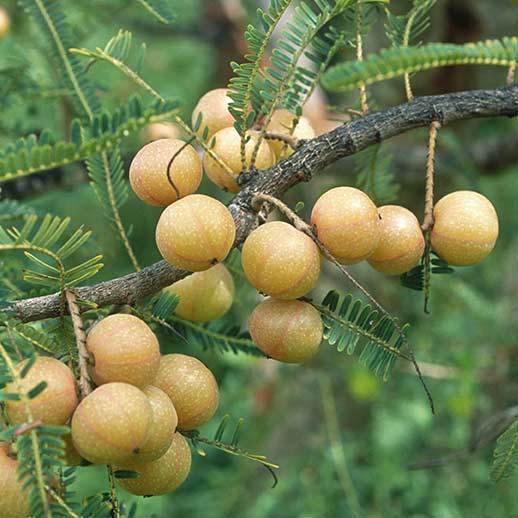
Amla
Phyllanthus emblica
Amla Berry, known as Indian Gooseberry or Amalaki in Ayurveda, is a fruit that has long been revered in India as a nutritive tonic, blood purifier and restorative mucous membrane tonic. It is said to possess five of the six tastes (sour, bitter, pungent, astringent, sweet), although sour is its main taste. The fruits were used as a general tonic in the winter, to support healthy brain function in the elderly, for constipation, urinary problems and occasional anxiety. Amla Berry is considered cooling in action, and it was used to quench excess heat and inflammation in the body, which is associated with the Pitta Dosha, or constitution type in Ayurveda. It has been used to support normal ranges of blood sugar, build blood and support liver function.
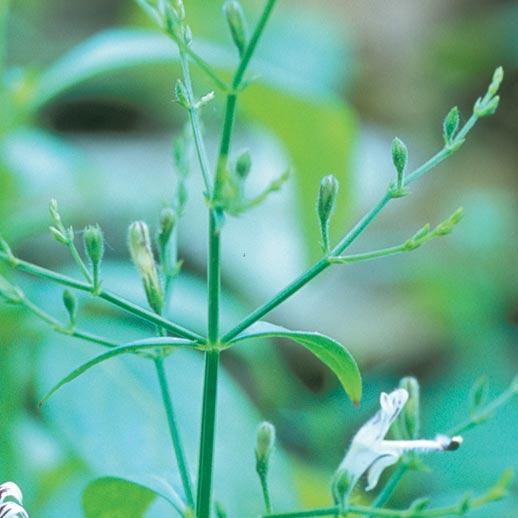
Andrographis
Andrographis paniculata
In Ayurvedic tradition, Andrographis, commonly known as Kalmegh or “King of Bitters” has long been used as a bitter tonic, to promote digestion and appetite and to promote regularity. Andrographis has been primarily studied to support immune system health at onset by supporting healthy levels of immune cells in the blood. A number of studies have been done around the globe to explore use of this botanical. A randomized double-blind study on 152 individuals found 6g per day of Andrographis for a week to stimulate the immune system. Investigations from the Chinese Traditional Medicine Research Institution showed Andrographis provided acute support for the immune system, particularly in maintaining a normal body temperature.

Arjuna
Terminalia arjuna
Here we are referring to the red inner bark beneath the outer glistening bark of the Terminalia Arjuna tree. This tree is found growing in riparian zones and dry riverbeds in West Bengal, South and Central India. It’s been used in the traditional medicine system of India, Ayurveda, for thousands of years. It was traditionally prepared by boiling the bark in milk (decoction). In line with the Doctrine of Signatures, the deep red coloring, indicates a use for vascularized areas and lymphatic regulation. Research on this herb has been conducted based on traditional use for supporting cardiovascular health. Several antioxidants including gallic acid, ellagic acid and oligomeric proanthocyanidins have been identified in Arjuna bark. It provides excellent Detox & Cleanse Support to Liver.
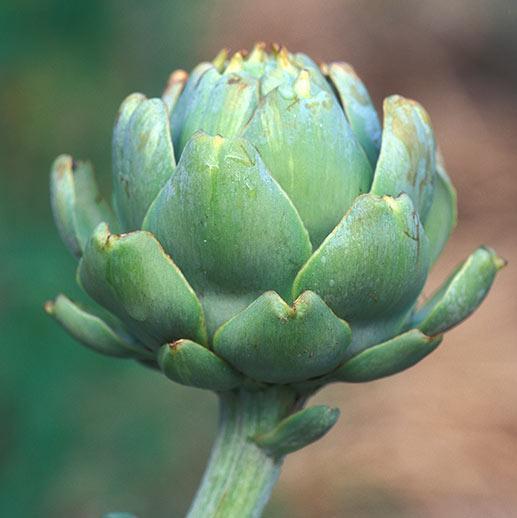
Artichoke
Cynara scolymus
The Artichoke plant is a type of thistle, related to Silybum marianum (Milk Thistle) and is thought to be native to Northern Africa but has been naturalized over most of Europe and parts of North America. It is well known as a culinary delicacy, popularized by French and Italian aristocracy. The properties of Artichoke leaf have been recognized since antiquity. It was particularly popular in the 16th-19th centuries. The eclectic physicians of North America used Artichoke leaf to support healthy urine flow and production and to support normal function of the digestive system and liver. Good digestion is the foundation of good health. Studies indicate that Artichoke leaf extract helps maintain normal bile production, supporting fat digestion and metabolism.
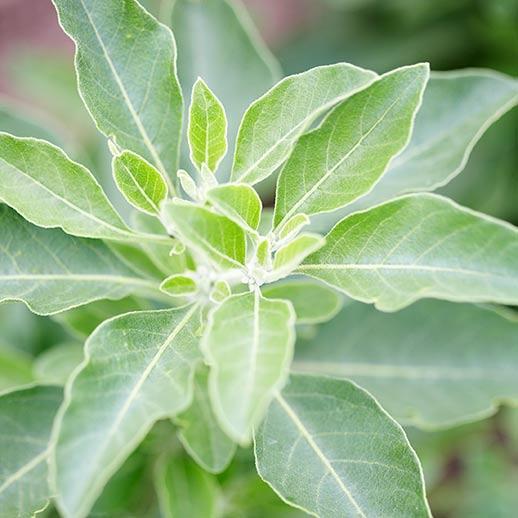
Ashwagandha
Withania somnifera
This plant is a member of the Solanaceae family and has over 4,000 years of traditional use in its native India, Pakistan and Sri Lanka. It is a Medharasayan which is the Ayurvedic category of foods and nutrients that promote learning and memory retrieval. It is sometimes referred to as “Indian Ginseng” as it is traditionally used in conditions of debility, emaciation, impotence and premature aging. It is also sometimes referred to as Winter Cherry. The translation of Ashwagandha is roughly, “the smell and strength of a horse”, alluding to its aphrodisiac properties. This plant is a Tonic and an Adaptogen. In the Middle East it is used to help promote normal sleep patterns and encourage a healthy inflammatory response.
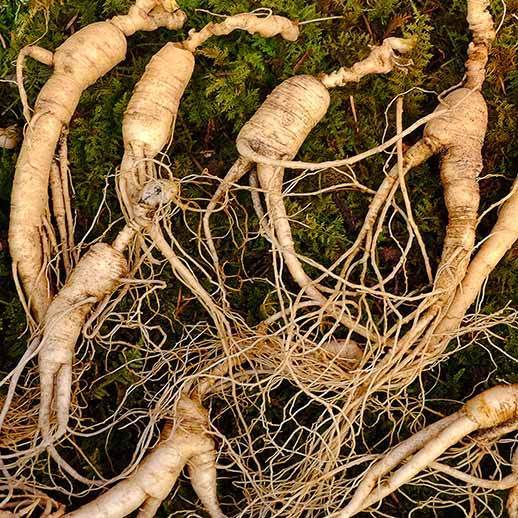
Asian Ginseng
Panax ginseng
Asian Ginseng is one of the most economically, and historically important plants. The sound-Gin stands for the word Man in Chinese, and Seng for the term essence or that which underlies all outward appearances. Ginseng roots physically resemble the human body. This herb is a perfect example of the function of a “tonic” herb, an herb that is used for nutritive, restorative, long-term purposes. As an adaptogen, it has a normalizing effect, enhances homeostasis and counteracts negative effects brought about by stressors. It has a wide range of therapeutic effects without causing any major side effects. This herb has been used to support normal immune function, to revitalize energy levels.
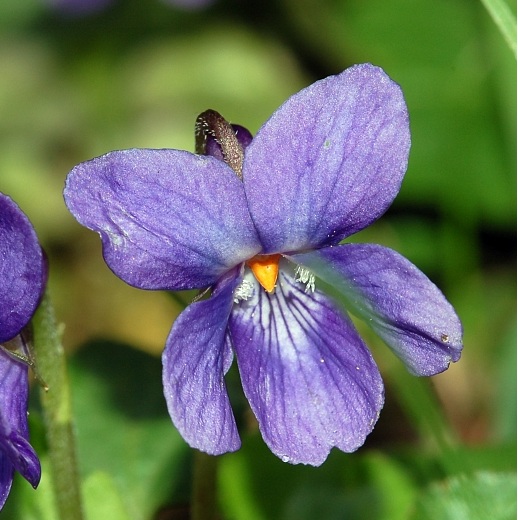
Benafsha
Viola odorata
Viola odorata is commonly known as wood violet, sweet violet, or garden violet. V. odorata is native to Europe and Asia, but has also been introduced to North America and Australia. It is a hardy herbaceous flowering perennial. Banafsha is considered bitter, sweet and pungent in taste (Rasa), pungent after digestion (Vipaka). Viola odorata has anti-inflammatory, diaphoretic, diuretic, emollient, expectorant, and laxative action. It is especially used in the treatment of cancer and whooping cough. As it contains salicylic acid, it gives relief in stress, headaches, migraine, and insomnia. It is taken in the treatment of bronchitis, respiratory catarrh, coughs, asthma, and cancer of the breast, lungs or digestive tract.
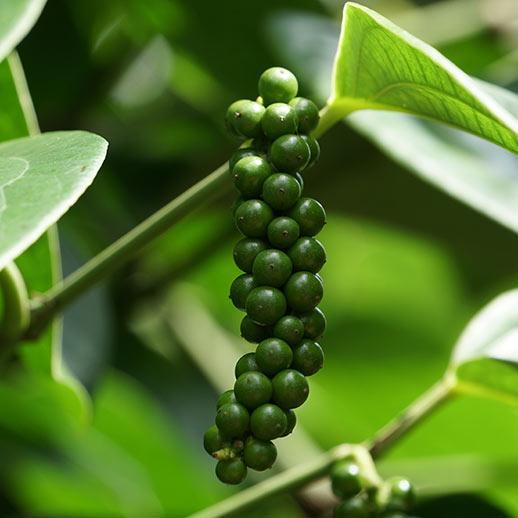
Black Pepper
Piper nigrum
The dried fruit of Black Pepper (Piper nigrum) has long been used as a culinary spice and as a traditional medicine, and today it is ubiquitous in most cuisines. Black Pepper is made from the plant’s unripened green drupes (stone fruit), which are called “peppercorns.” Native to southern and southeast Asia, Black Pepper’s use in Indian cooking dates to the first century BC. It is traditionally considered to be a hot, pungent herb that stimulates agni, or digestive fire, by supporting the secretion of fluids and circulation of blood in the GI tract. Black Pepper’s most active constituent, Piperine, has been found to support the absorption of other herbs, specifically the Curcumins found in Turmeric, as well as Resveratrol.

Cardamom
Elettaria cardamomum
This member of the Ginger family (Zingiberaceae) hails from India. Interestingly, Guatemala is the largest exporter of Cardamom seedpods today, followed by India. The seeds have an incredibly strong, aromatic, almost intoxicating aroma and while black Pepper was called the King of Spices, Cardamom has been called the Queen. Traditional cultures and literature reference Cardamom as a Stomachic and Carminative. Both of these functions relate to digestion, the former promoting and assisting digestion and the latter to assist in the expulsion of intestinal gas or the reduction of gas production by the digestive apparatus.
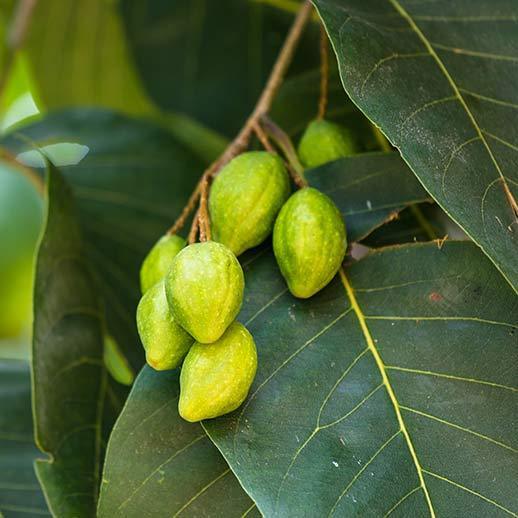
Chebulic Myrobalan
Terminalia chebula
The herb is known as Haritaki, Chebulic myrobalan, Bihara, and Harada in different dialects, and is one of the three fruits found in the traditional formulation of Triphala. It is considered balancing for all three doshas (constitutions), but especially rejuvenative to the vata dosha, which is associated with air and movement. Because of its astringency, it supports the integrity of tissues along the entire digestive tract, and is used to promote normal secretions of all mucosal membranes in the digestive, urinary, reproductive, and respiratory systems. Haritaki is used in Ayurvedic medicine to promote healthy vision, brain function, and even longevity.
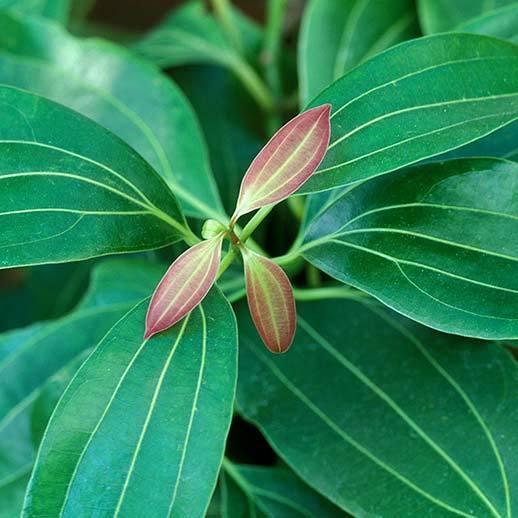
Cinnamon
Cinnamomum spp.
Cinnamon bark is the dried inner bark from the shoots of the tree from the Lauraceae family. The bark of the preferred species (zeylanicum and burmanii) contain up to 10% volatile oil content in which the constituent Cinnamaldehyde is found. Cinnamaldehyde has antioxidant properties and helps support fat and cholesterol levels in a normal range. The phenolic compounds, especially the polyphenolic polymers, have been studied for their effects to support insulin and blood sugar levels within a normal range and promote healthy blood flow. Maintaining healthy blood sugar levels is vital to promoting healthy vision, heart, circulation, kidneys and a healthy nervous system.
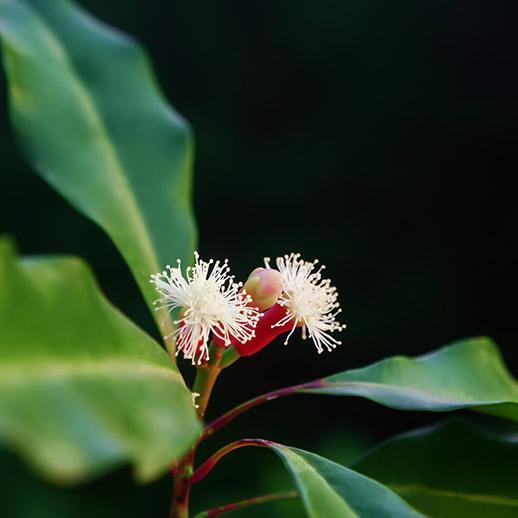
Clove
Syzygium aromaticum
Cloves are the dried aromatic flower buds from an evergreen tree native to Indonesia from the Myrtaceae family. This spice inspired explorers and Royalty to seek out new trade routes to South East Asia. Ayurveda and Traditional Chinese Medicine both use cloves in their systems when requiring heating properties in an herbal formula. Western Herbalism and dentistry have used Oil of Clove to support normal pain responses in the gums and teeth. Because of their warming and digestive supportive properties they have also been used to support a healthy immune and respiratory system. The high amount of Eugenol essential oil in this dried flower bud is responsible for the highly aromatic characteristics and the “numbing” sensation it provides.
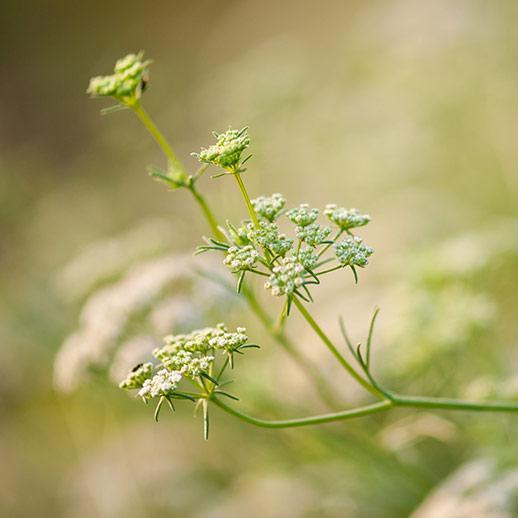
Cumin
Cuminum cyminum
Cumin is an Apiaceae plant family member native to the eastern Mediterranean and India. The powdered and whole seeds from the Cumin fruit are used in many types of traditional Indian dishes. The pungent, peppery flavors of Cumin add to its value as a culinary spice as well as its function for helping ease digestive complaints. The property of this flavor known as a carminative is to help dispel gas from the digestive tract. There are some studies almost exclusively done in vitro, indicating some promise for the essential oil extract of Cumin seeds as an antibacterial agent.
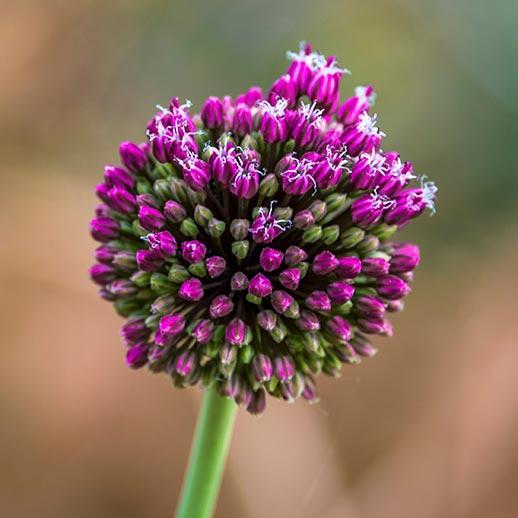
Garlic
Allium sativum
The medicinal effects of Garlic have been well known for literally thousands of years. There are a number of different Garlic preparations available, and different preparations will yield different chemical properties. Dried Powdered Garlic, if prepared properly contains S-allylcysteine sulphoxide (alliin) and the enzyme alliinase. Many studies have been conducted on Garlic’s potential to support heart health and normal blood lipids. It also appears to be beneficial for supporting immune health. Garlic remains one of the most widely used herbs in the world and is one of the most well researched plants on the planet.
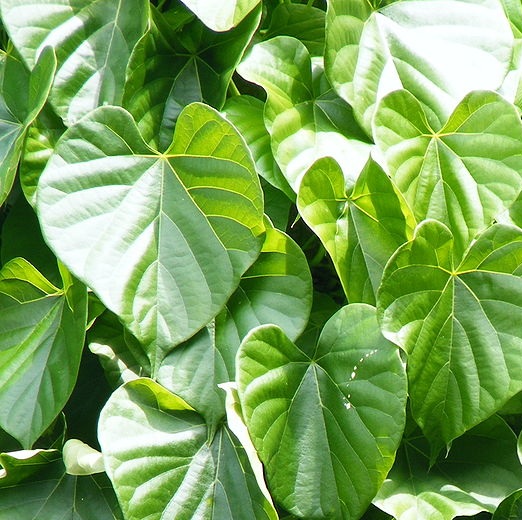
Giloy
Tinospora cordifolia
Known by the common names heart-leaved moonseed, guduchi, and giloy, is an herbaceous vine of the family Menispermaceae indigenous to tropical regions of the Indian subcontinent. It is a powerhouse of antioxidants which fight free-radicals, keep your cells healthy and get rid of diseases. Giloy helps remove toxins, purifies blood, fights bacteria that causes diseases and also combats liver diseases and urinary tract infections. Giloy is used by experts in treating heart related conditions, and is also found useful in treating infertility. Recently, the plant is of great interest to researchers across the globe because of its reported medicinal properties like anti-stress, anti-leprotic, anti-malarial, hepatoprotective, immunomodulatory and anti-neoplastic activities.
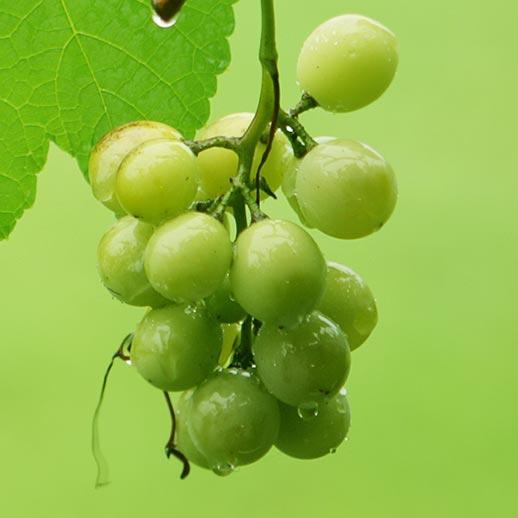
Grape
Vitus vinifera
The seeds of Vitis vinifera yield oil that contains about 67% linoleic acid. It has culinary and topical applications for cosmetics due to its emollient properties. Modern research has unlocked the health giving benefits of the seed extract found in the antioxidant components. There have been several clinical trials to test the effects of grape seed extract, and the results, while mixed, point to great health advantages for numerous structures and functions of the human body for use of this herb. Daksha or Dried Grape or Raisins have many Ayurvedic properties. It is used in respiratory disorders like cough, cold,asthma, short breathness etc . It improves respiratory immunity. It is useful in general weakness, tiredness, improve immunity and provide nourishment.
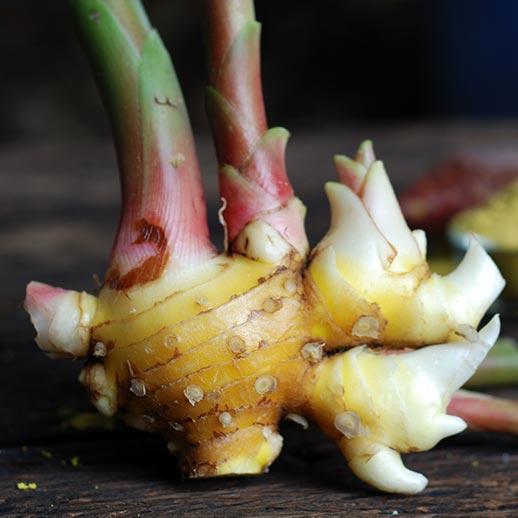
Ginger
Zingiber officinale
It has been used as a favorite “diffusive” circulatory tonic and warming agent, to calm occasional nausea, and to aid in a healthy immune respiratory response. It has also been used to support a normal inflammatory response. Ginger is one of the most widely consumed aromatic spices on the planet. Ginger has shown in numerous clinical trials to support a healthy inflammatory response and as a beneficial nausea aid. It is thought that Ginger promotes normal production of inflammatory markers which would explain its action on the immune system as well as its ability to promote healthy circulation and inflammatory responses.
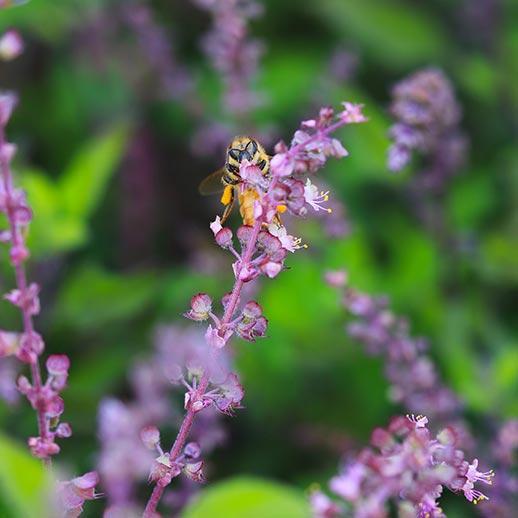
Holy Basil
Ocimum sanctum
In the “Charaka Samhita” the consummate text on Ayurveda written around 1000 BC, Holy Basil is described as “the incomparable one” and is considered to be an incarnation of Tulasi or Vrindavani, a consort of Lord Vishnu. It has been used to support a healthy response to stress, maintain blood sugar levels within a normal range, promote longevity, nourish the mind and elevate the spirit. Holy Basil (Ocimum sanctum) exhibits impressive adaptogenic activity. As a rasayana and adaptogen, Holy Basil maintains equilibrium among biochemicals associated with the stress system in the body. Ursolic, Rosmarinic acids and Eugenol have all shown antioxidant activity and support normal levels of inflammation.
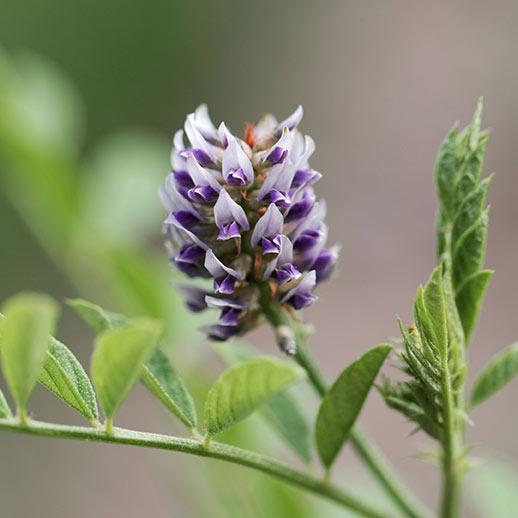
Licorice
Glycyrrhiza spp.
The botanical name refers to a hallmark property of this plant; glukos (Sweet in Greek) and riza (root). Glycyrrhizin, a cortisone like chemical found in high proportions in the root, is said to be 50 times sweeter than sucrose (table sugar). Licorice has many uses and is considered a tonic plant in many traditional medicinal systems. It has been used to support a healthy digestion, lung and respiratory function and promote a healthy adrenal response to stress. It is one of the most widely used and trusted herbs among traditional botanical practitioners. It has also demonstrated important immune modulating effects in studies.

Manjistha
Rubia cordifolia
Rubia cordifolia, often known as common madder or Indian madder, is a species of flowering plant in the coffee family, Rubiaceae. It has been cultivated for a red pigment derived from roots. Manjistha is a prickly climber that can grow up to nine feet, and its stems and branches are covered in glossy, vibrant green heart-shaped leaves. Its longstanding fame, however, lies beneath the ground in its thin, spreading, red roots. These roots have a revered place in Ayurveda and in Traditional Chinese Medicine for their incredible powers. In Traditional Tibetan Medicine, it is used to treat excess heat in the lungs, kidneys, and intestines; and reduce swelling.
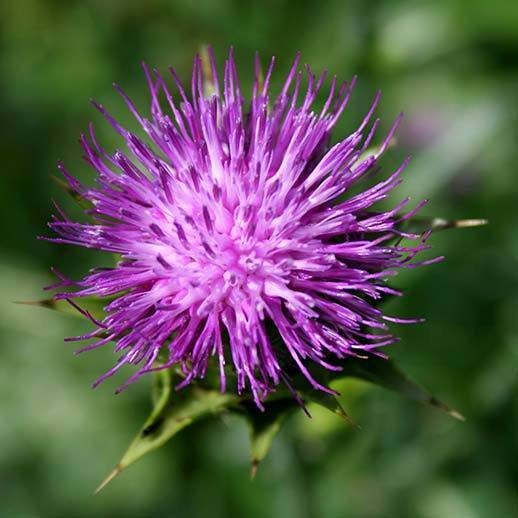
Milk Thistle
Silybum marianum
Milk Thistle is a herbaceous annual or biennial plant with a dense-prickly flower head and reddish-purple tubular flowers. At the turn of the 20th century, Eclectic physicians also used Milk Thistle to support healthy liver function. Numerous scientific studies have explored Milk Thistle and a group of its constituents called silymarins. Many of these clinical studies have demonstrated that this herb supports healthy liver function and provides powerful antioxidant protection. A primary constituent of silymarin called silibinin also helps to support healthy liver function, encouraging healthy cholesterol synthesis by the liver.
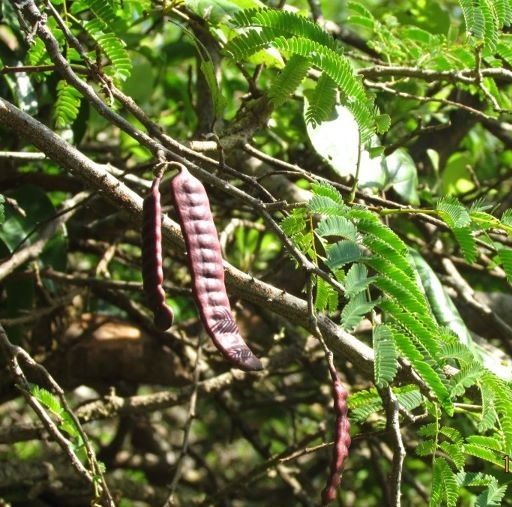
Shikakai
Acacia concinna
Acacia concinna is a climbing shrub native to Asia, common in the warm plains of central and south India. A. concinna extracts are used in natural shampoos or hair powders. An infusion of the leaves of A. concinna has also been used for therapy of jaundice in the traditional Indian medicine. Drinking Shikakai infusion helps manage constipation due to its Rechana (laxative) nature. It is also beneficial for bleeding piles due to its Kashaya (astringent) property. Shikakai helps to reduce the symptoms of asthma because of its Kapha balancing property. It removes excess mucus from the lungs and gives relief in asthmatic condition.
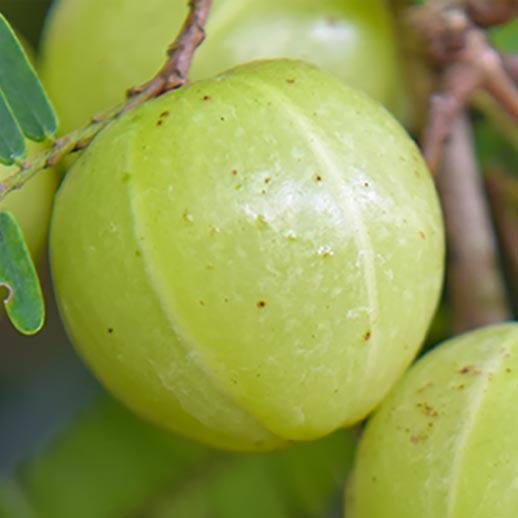
Triphala
Phyllanthus emblica, Terminalia chebula, Terminalia bellerica
Triphala is a staple of Ayurvedic (Indian) practice used for well over 2,000 years. It is made from the dried powder of three different fruits, hence its name: tri (Three) and phala (Fruit). Amla (Phyllanthus emblica), Harada (Terminalia chebula) and Bihara (Terminalia bellirica) are mixed in equal parts to make a proper Triphala. Amla is associated with the pitta dosha. Bihara is astringent, tonic, digestive and anti-spasmodic. Harada is a bitter and associated with the vata dosha, elements of air and space. It has emollient properties and as with most bitters encourages peristalsis and proper digestion.
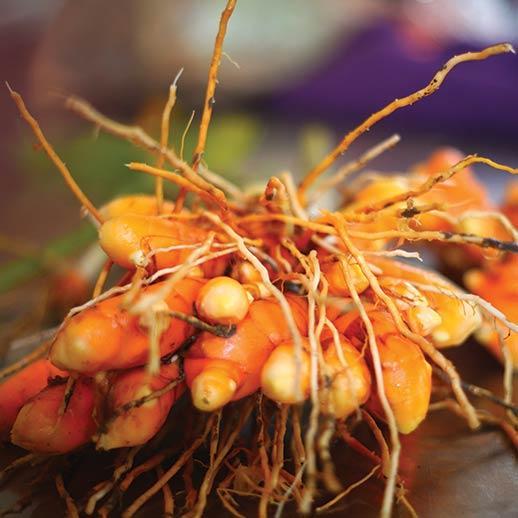
Turmeric
Curcuma longa
Indigenous to Southeastern and Eastern Asia, this perennial member of the Zingiberaceae family has been used for thousands of years as a traditional medicine, coloring agent and spice. Currently India accounts for much of its cultivation. It is known as Shati in Sanskrit. Reports of its use as a medicine go as far back as 600 BC in Assyrian herbal accounts and can also be traced to Greek writings from Dioscorides. It has been used to support healthy digestion, promote cardiovascular health, and support the immune system as well as used topically and in the eyes in Ayurvedic medicine. In Western herbal medicine Turmeric is used as an aromatic bitter and for supporting healthy liver function.
The Original Superfoods
It can be helpful to think of herbs as an extension of food. We all know that eating well is good for us and that plants play a major if not exclusive role in our diet. Herbs take dietary health to the next level. They deliver a wide range of beneficial phytochemicals to our bodies that we would not get otherwise.
